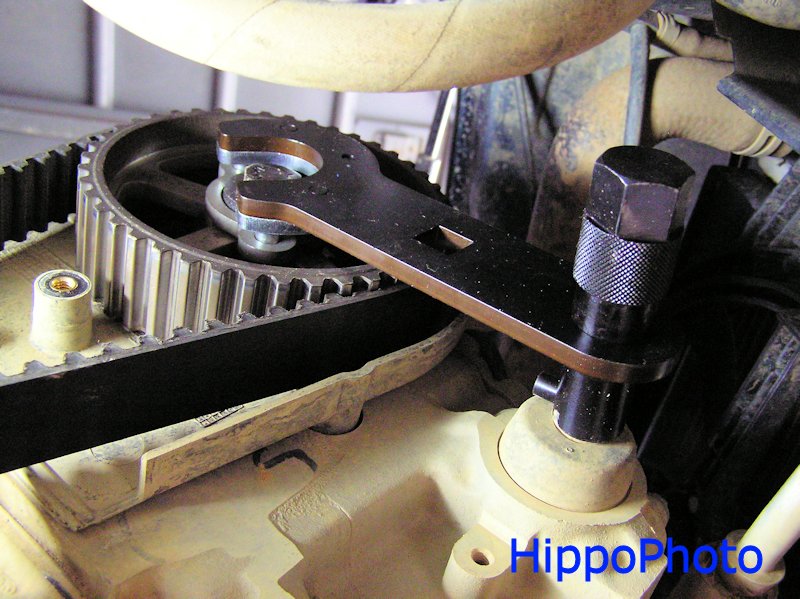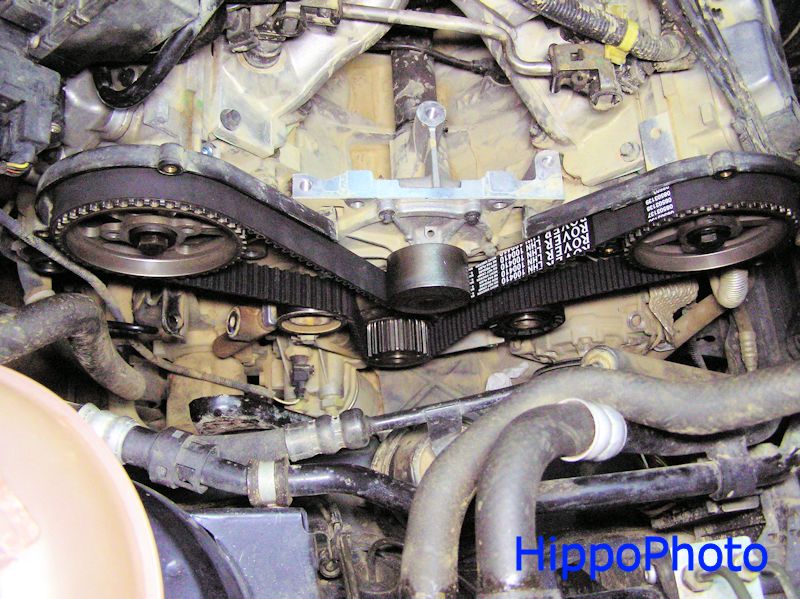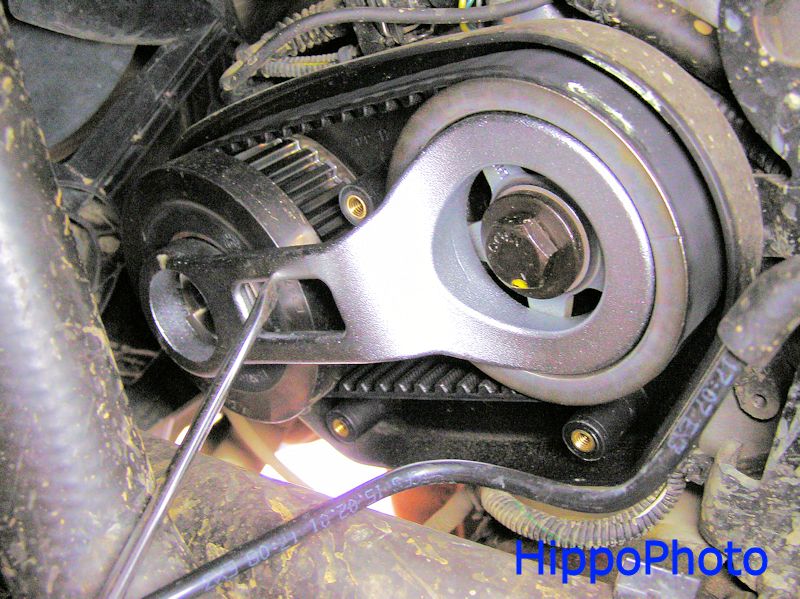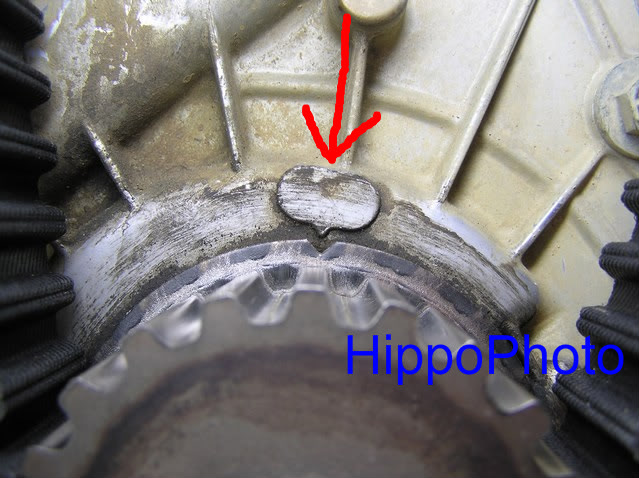Yes they does. From the rave:
Hydraulic Tappets
Self-adjusting, lightweight, hydraulic tappets are fitted on top of each valve and are operated directly by the camshaft. The valve stem oil seals are moulded onto a metal base which also acts as the valve spring seat on the cylinder head.
Just looked in the rave and the td4, 1.8 and v6 all have hydraulic tappets. The pic you mentioned is from the rave disk.
Now I thought Id fekked the engine because I always hear horror stories about them so I took it for a drive. Might as well screw it proper
At 40mph after 1 mile the knocking went went. Purred like never before. Ive never really been confident it what happened. Would that be due to the pumping up you refer too, or did something I bend with the stone incident unbend itself?
Yes, that is what happens. It can make a terrible noise, and most drivers would switch off and send for help!
With all multi-cylinder engines it is inevitable that some of the valves are held open when the engine is stopped. This means some of the followers are under full valve spring pressure, and those followers WILL slowly close up on themselves.
In hydraulic followers it is not all SOLID METAL operating the valves as there is in say a 200 tdi. The hydraulic follower is like a garage jack - it is TRAPPED OIL between the two main parts (like a telescope) that makes the follower "solid" to lift the valve.
I bet you can see what's coming now.
To operate, the follower must first be filled with oil, completely free of air bubbles. Until it is, the "valve clearance" will be up to a quarter of an inch and it makes a VERY BAD NOISE.
It may take as much as 10 or even 15 minutes to get the followers filled and up to engine oil pressure. (My Saab 900 driver's manual says not to worry until after 15 minutes but best keep engine speed down!)
Once they are filled, engine running, and oil pressure up, there should be ZERO clearance between the cam lobes and the followers, which makes for a very quiet engine, and no need to adjust tappets. When the engines are built in the factory, the followers are always pre-filled with oil.
Hydraulic followers are usually designed to "leak down" slowly so that there is oil moving in and out to keep them clean inside. As they age, they will probably leak down sooner, and may rattle a bit after the car has been sitting for a while.
Does that make sense?
I have a hydraulic follower loose here and can open it up for a pic if that might be interesting. They all work the same way.





